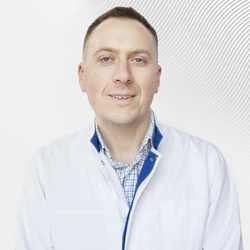The issue of providing orthopedic care to patients with bone metastases remains relevant. 40-60% of cancer patients develop bone metastases that require special orthopedic support.
Today, the success of combined treatment approaches has significantly extended the life expectancy of this group of patients. Maintaining a high quality of life remains one of the most important tasks of modern medicine.
Today, doctors of various specialties are engaged in the study of biology, diagnosis and treatment of primary and secondary tumor lesions of the musculoskeletal system. These are oncologists, morphologists, biochemists, diagnosticians, chemotherapists, orthopedists, microsurgeons, neurologists, neurosurgeons, and radiation therapists. It is only as a result of a multidisciplinary approach that the key areas of modern oncoortopedia are being formed. These include: combined treatment of bone and soft tissue sarcomas, tumors of the spine and pelvic bones, as well as skin; endoprosthetics of large joints; vascular and microvascular surgery, reconstructive plastic surgery for tumors of the musculoskeletal system. Two more independent areas are the combined treatment of such tumors in children and the rehabilitation of oncoortopedic patients.Summarizing the experience of treating patients with bone, soft tissue, and skin sarcomas has shown that only combined approaches, including chemotherapy, surgery, and radiation treatment, provide satisfactory immediate and long-term results. Modern approaches and developments have allowed us to obtain unique results. The survival rate of patients with high-grade bone sarcomas was increased to 75%, and organ-preserving operations in these patients were performed in 85% of cases. In pediatric oncoortopedia, the survival rate has reached 85%, and organ-preserving treatment is currently performed for 95% of children.
A separate group of patients who regularly visit the clinic are patients with benign bone formations. This pathology is often an accidental finding, but it must be consulted by oncological specialists and taken for dynamic observation. For example, enchondroma is more common at a young age (the main group of patients is aged 10 to 30 years); this pathology accounts for 3-10% of all bone tumors and 12-24% of all benign neoplasms. The clinic represents a unique experience in domestic healthcare, when patients, usually young, can be consulted by both an orthopedic specialist in sports medicine and an oncoortopedist, who make a collegial decision on the choice of treatment tactics.
Patients with bone neoplasms require high-tech treatment and a multidisciplinary approach, which can only be provided at large clinics, where there are opportunities to accumulate clinical material, perform complex operations and combined treatment methods.Sports Traumatology and Orthopaedics clinics currently have a number of advantages over many government clinics. An operational diagnostic service with the morphology department allows you to make a diagnosis as soon as possible and start treatment on time. She, together with the Clinic of Oncology and Hematology of the European Medical Center, provide a combined approach in the treatment of patients with bone and soft tissue tumor pathology. Advanced rehabilitation technologies used in the clinic make it possible to restore lost bone function in the shortest possible time and return the patient to his usual lifestyle.
Operations performed by patients with tumor pathology are technically difficult because a large array of heterogeneous tissues is usually removed here: These are not only bones, but also muscles, ligamentous apparatus, and sometimes major vessels and nerve trunks. Nothing like this ever happens in orthopedic surgeries performed for patients with, for example, arthritis. The so-called megaprostheses used in oncoortopedia, that is, individually manufactured or modular prosthetics systems, are never installed for any of these categories of patients. Therefore, operations for patients with bone and soft tissue sarcomas should be performed only in specialized clinics.
The rehabilitation program after such operations is much more intense and diverse compared to all other areas of orthopedics, and it often has to be combined with additional methods of treating the underlying disease (chemotherapy or radiation therapy). The Rehabilitation Department of the European Clinic of Sports Traumatology and Orthopedics ensures high-quality recovery after operations to remove bone growths in the shortest possible time. The combination of many years of experience and direct interaction between orthopedic traumatologists and rehabilitologists of the clinic allows for specific rehabilitation treatment at the earliest stages.





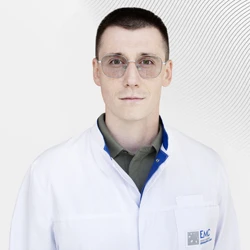
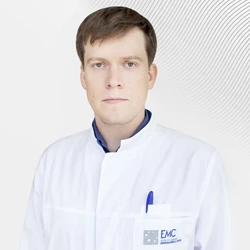
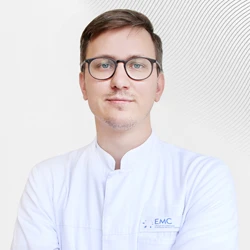
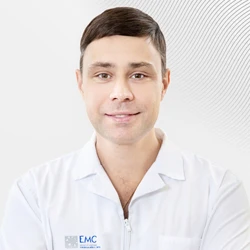
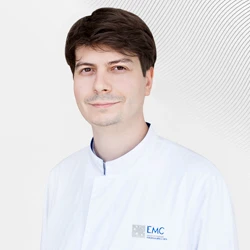
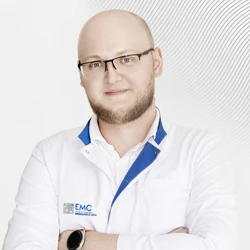
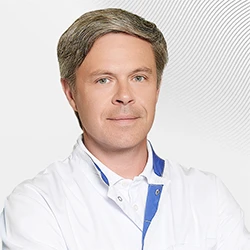
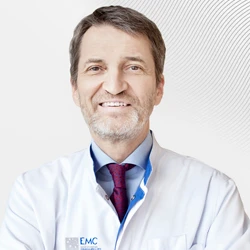
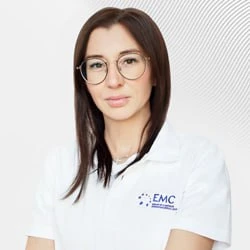
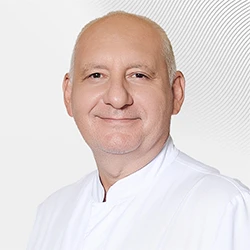
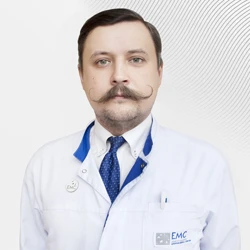

.webp)
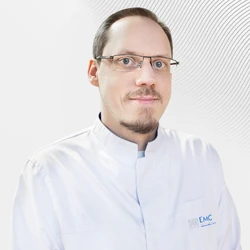
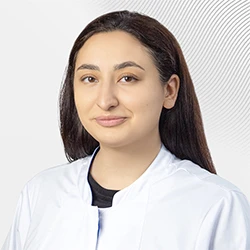
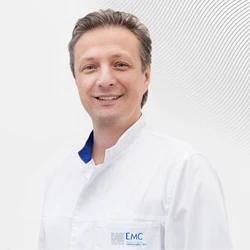
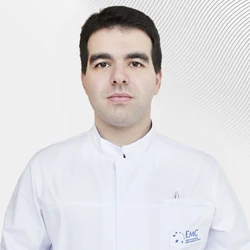
.webp)
